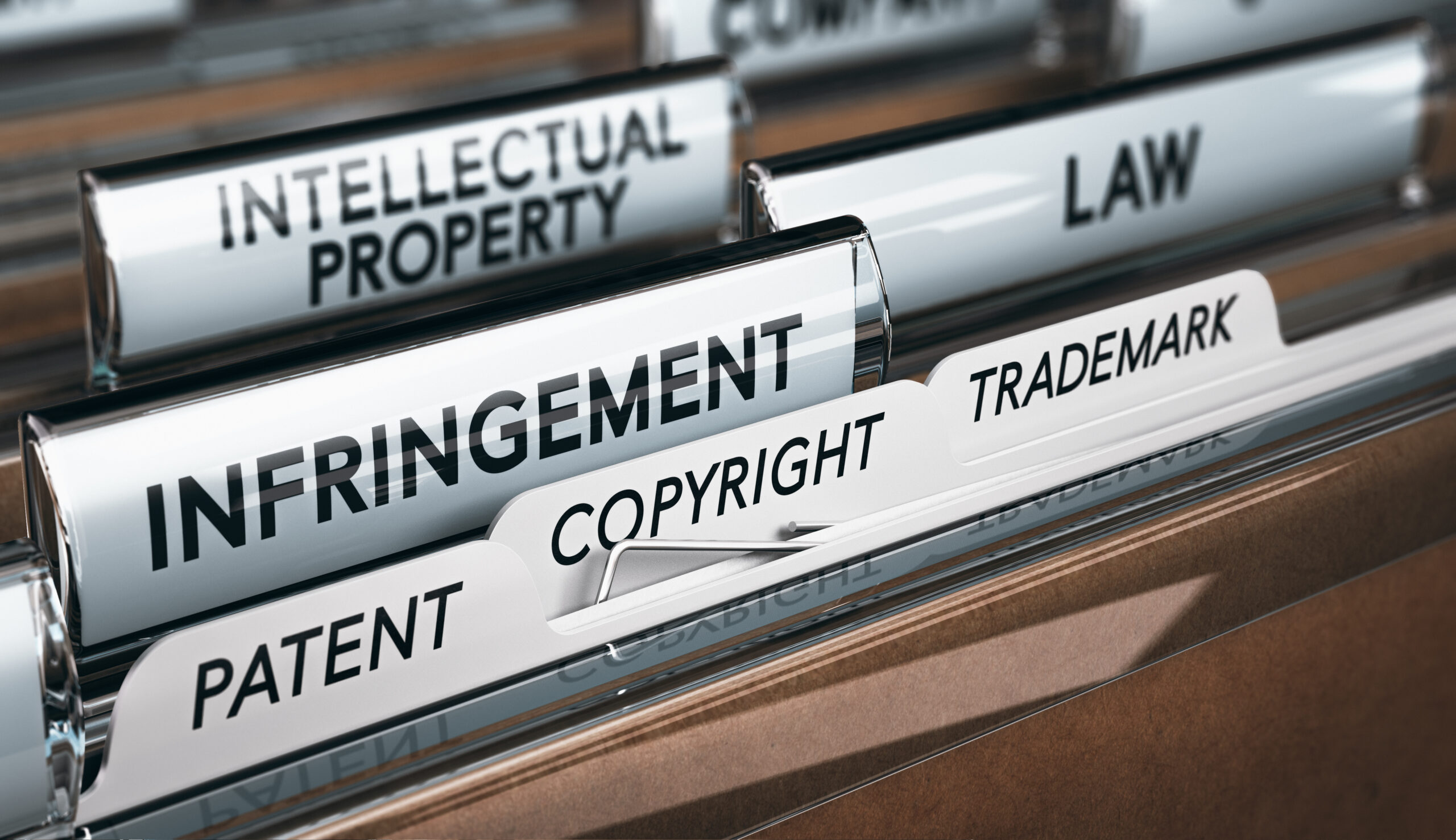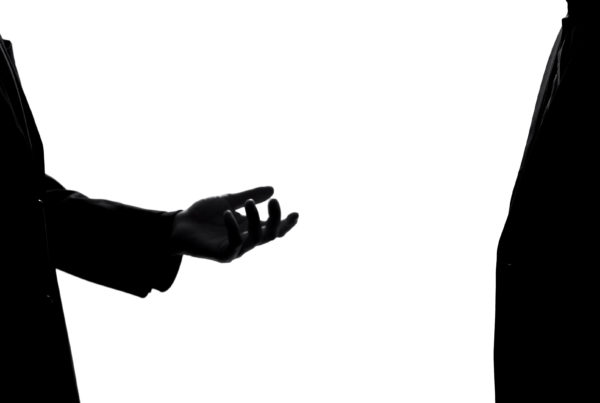In a competitive market, it is important for individuals, corporates and businesses to protect their ideas. While a service or a product might be more recognizable as unique property, it is often the non-tangible idea behind it that has the true or greater value. Many focus on insuring their physical property, which can be repaired, restored or replaced. However, the same cannot easily be said about intellectual property.
The Intellectual Property Office (IPO) defines ‘intellectual property’ (IP) as “something that you create using your mind – for example, a story, an invention, an artistic work or a symbol”. This could be interpreted to mean the author or creator of a piece of work or idea.
Types of intellectual property include:
- Copyright (e.g., brand names)
- Patents (e.g., a property right for an inventor)
- Designs (e.g., how a product looks)
- Produced materials (e.g., writings)
- Trade secrets (e.g., confidential information)
However, intellectual property is not necessarily owned by its creator. It can also be bought through a contract or decided during a court case.
What are intellectual property risks?
Intellectual property rights allow the owner to make money through franchising, licensing or royalties. This is why
disputes might occur because someone else believes they are the intellectual property rights owner or that their idea
was copied. As ownership can be bought, transferred or shared, it is important to document the rights of ownership
and how it is shared. This is also important so that the rights owner can demonstrate the origins of an idea in cases of
copyright infringement.
The unique features of a business will be their main selling point. It could be a design, feature, ingredient or offering.
The value of an organisation’s intellectual property could outweigh their value physical assets. If a rival organisation
appears to be copying these ideas, usually at a cheaper price or capitalising on an existing idea that is hard to trace, the
intellectual property rights owner may want to take legal action.
However, a ‘creator’ may not necessarily be the ‘owner’. If a person or agency has been commissioned to create
something on behalf of their employer, they will not own the intellectual property rights. But if a creator has been
commissioned by someone else, then they usually own the intellectual property rights (unless their rights are waived
through a contractual agreement).
What is covered under IP Insurance?
First-party risks (creator or owner of intellectual property):
- legal costs
- financial loss
- loss of value; OR
Third-party risks (individual or organisation experiencing an infringement):
- defence costs
- reputational damage etc.
What should be considered when processing a cover?
- value of the intellectual property
- registration of the intellectual property
- risk assessment of an infringement occurring
- historic data (if available)
- type and level of cover required
- territorial scope of protection (source: Chartered Insurance Institute)







